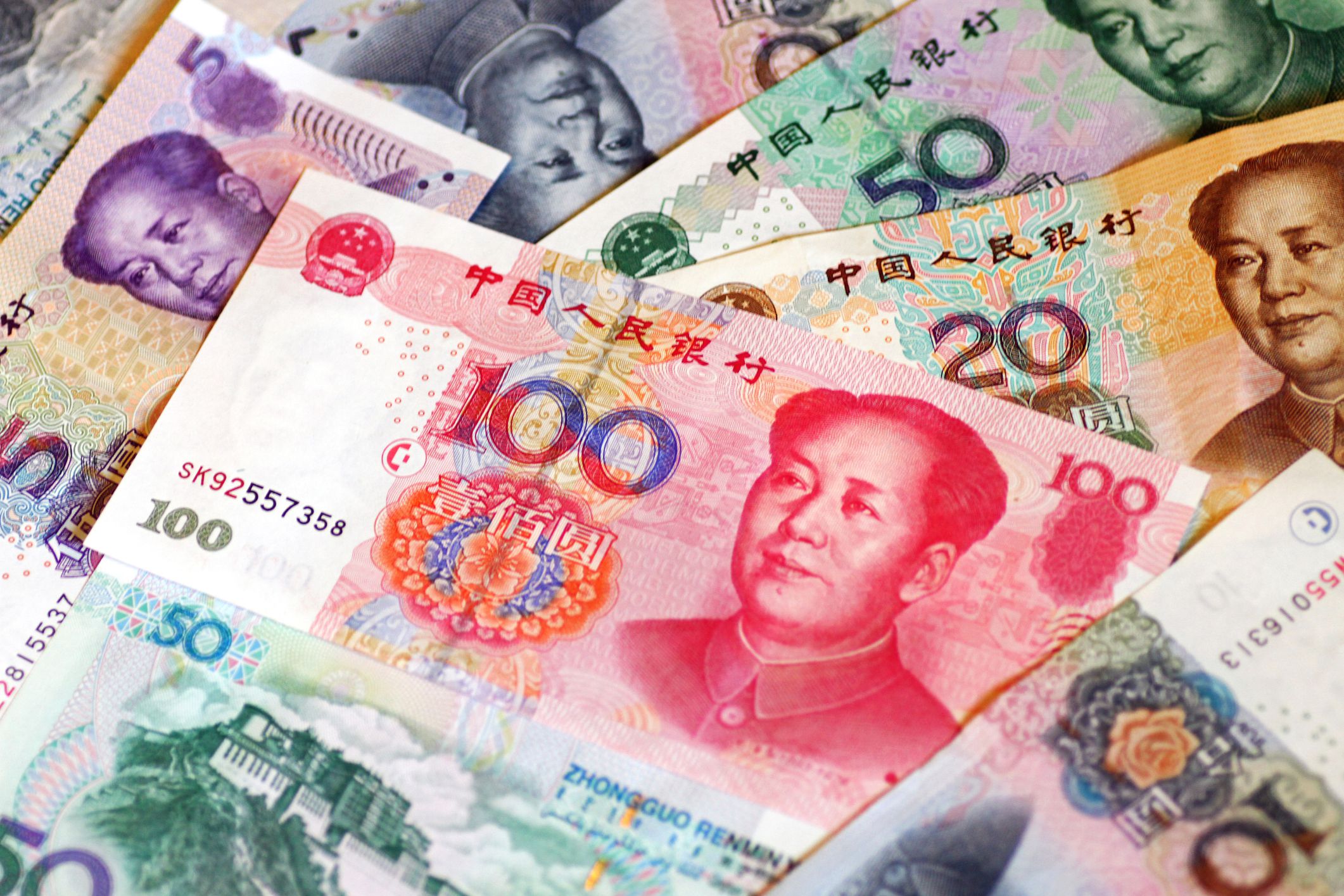24 Hours Hotline: +86 137-3541-1378
Email:[email protected]
24 Hours Hotline: +86 137-3541-1378
Email:[email protected]
Introdution of China Currency
China
Currency, also know as Renminbi(RMB).The Renminbi is the official
currency of the People's Republic of China.The yuan is the basic unit of
the renminbi, but is also used to refer to the Chinese currency
generally, especially in international contexts where "Chinese yuan" is
widely used to mention the Renminbi.
History
The
Renminbi was introduced by the People's Bank of China in December 1948,
about a year before the establishment of the People's Republic of
China. It was issued only in paper money form at first, and replaced the
various currencies circulating in the areas controlled by the
Communists. One of the first tasks of the new government was to end the
hyperinflation that had plagued China in the final years of the
Kuomintang (KMT) era. That achieved, a revaluation occurred in 1955 at
the rate of 1 new yuan = 10,000 old yuan.In some parts of China, yuan is
called kuai and jiao is referred as mao. Chinese money is issued by the
People's Bank of China in denominations of one, two, five, ten, twenty,
fifty, and one hundred yuan. The jiao and fen coins are both issued in
ones, twos, and fives.
Issuance
As
of 2016, renminbi banknotes are available in denominations from ?0.1,
?0.2, ?0.5 (1, 2, and 5 jiao), ?1, ?2, ?5, ?10, ?20, ?50 and ?100 yuan.
These denominations have been available since 1955, except for the 50
and 100 yuan notes (added in 1980) and 20 yuan notes (added in or after
1999). Coins are available in denominations from 1 fen to 1 yuan
(?0.01–1). Thus some denominations exist in both coins and banknotes. On
rare occasions larger yuan coin denominations such as ?5 have been
issued to commemorate events but use of these outside of collecting has
never been widespread.
The
denomination of each banknote is printed in Chinese. The numbers
themselves are printed in financial Chinese numeral characters, as well
as Arabic numerals. The denomination and the words "People's Bank of
China" are also printed in Mongolian, Tibetan, Uyghur and Zhuang on the
back of each banknote, in addition to the boldface Hanyu Pinyin
"Zhongguo Renmin Yinhang" (without tones). The right front of the note
has a tactile representation of the denomination in Chinese Braille
starting from the fourth series. See corresponding section for detailed
information.
Coins
The
Coins were first introduced in 1955.These depict the national emblem on
the obverse (front) and the name and denomination framed by wheat
stocks on the reverse (back).In 1991, a new coinage was introduced,
consisting of an aluminium 1 jiao, brass 5 jiao and nickel-clad-steel 1
yuan. These were smaller than the previous jiao and yuan coins and
depicted flowers on the obverse and the national emblem on the reverse.
In
2005, the metallic composition of the 1 jiao was changed from aluminum
to more durable nickel-plated steel. The frequency of usage of coins
varies between different parts of China, with coins typically being more
popular in urban areas, and small notes being more popular in rural
areas. Older fen and large jiao coins are uncommonly still seen in
circulation but are still valid in exchange.

Banknotes
The
first series of renminbi banknotes was issued on 1 December 1948, by
the newly founded People's Bank of China. It introduced notes in
denominations of 1, 5, 10, 20, 50, 100 and 1000 yuan. Notes for 200,
500, 5000 and 10,000 yuan followed in 1949, with 50,000 yuan notes added
in 1950. A total of 62 different designs were issued.

The
second series of renminbi banknotes was introduced on 1 March 1955 (but
dated 1953). Each note has the words "People's Bank of China" as well
as the denomination in the Uyghur, Tibetan, Mongolian and Zhuang
languages on the back, which has since appeared in each series of
renminbi notes.
The
third series of renminbi banknotes was introduced on 15 April 1962,
though many denominations were dated 1960. New dates would be issued as
stocks of older dates were gradually depleted. The sizes and design
layout of the notes had changed but not the order of colors for each
denomination. For the next two decades, the second and third series
banknotes were used concurrently.
The
fourth series of renminbi banknotes was introduced between 1987 and
1997, although the banknotes were dated 1980, 1990, or 1996. They are
still legal tender.
The fifth series of renminbi banknotes and coins was progressively introduced from 1999. This series also bears the years 2005 (all except ?1) and 2015 (?100 only)
Prev: Travel Insurance
Next: China Visa
Wechat: Chinaprivatetour
24 Hours Hotline:
+86 137-3541-1378
* Authentic Experiences: Genuine local experiences that immerse you in the true essence of Beijing and beyond.
* Safety First: Highest safety standards with secure activities and reliable transportation.
* Customizable Tours: Flexible itineraries tailored to your interests and needs.
* Local Expertise: In-depth knowledge of Beijing and China, offering exclusive insights.
* Professional Guides: Licensed bilingual guides with over 5 years of experience.
* Comfortable Travel: Experienced drivers and well-maintained vehicles for a smooth journey.
* Sustainable Tourism: Commitment to responsible tourism and supporting local communities.
* Customer-Focused: Personalized service and continuous improvement based on your feedback.
* Free Cancellation: Cancel up to 24 hours before travel for flexibility and peace of mind.
* 24/7 Support: Round-the-clock assistance for any questions or help needed.
1 to 1 tailor-made service from our professional travel advisors for the most sophisticated
Constantly excellent reviews for attraction, hotel and service Competitive price
Local experts provide quality tours Best selected knowledgeable local guides Authentic local restaurants
7*24 hours available to create you a worry-free tour. No Hidden Fees and absolutely no pressure to buy. Secured









Copyright © 2017 Chinabeijingprivatetour.com All rights reserved. 浙ICP备18056007号-2